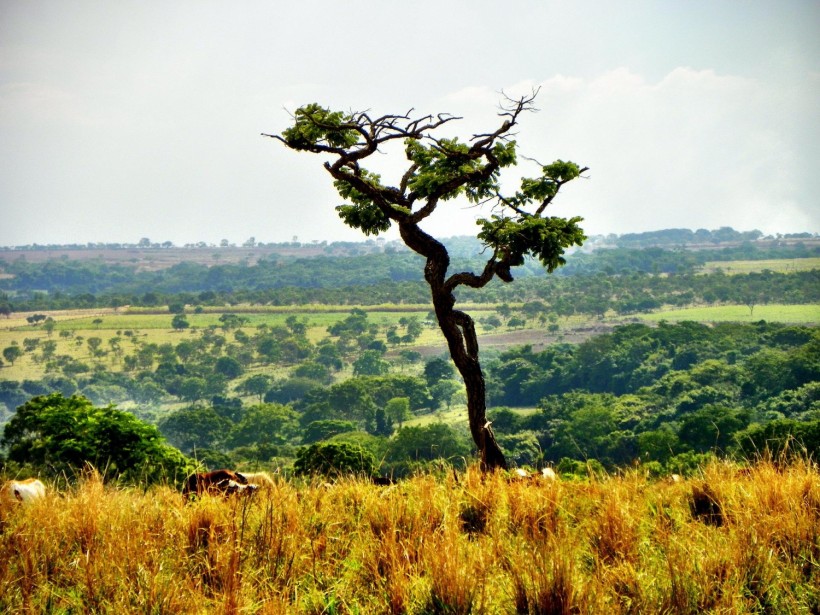Some ecologists say that humanity is already in its sixth mass extinction event, citing the threat of man-made climate change to billions of species. But the new study says that we're just witnessing the beginning. The new timeline for the mass extinction rate was published in Biogeosciences.
New Mass Extinction Rate Timeline
A new study concludes that the current extinction rate of life on Earth does not yet constitute a mass extinction event. The current trends, however, indicate that it will. Many ecologists believe we are in the midst of the sixth mass extinction, but a new study suggests that we are just getting started. The worst, however, is yet to come.
Based on the new findings, the percentage of extinctions caused by global temperature increases caused by climate change will not reach the same level in the near future as a major mass extinction event.
The study's sole author, Kunio Kaiho of Tohoku University in Japan, said that ecologists measure what is known as the background rate of extinction to understand what a normal extinction rate looks like.
According to Kaiho's email to Live Science, the background rate is 5-10% of species extinctions every million years. A significant event is a higher rate of extinction, such as more than 10% in a short period of time, for example, hundreds of years.
The current rate of extinction is roughly two orders of magnitude higher than the average rate of extinction, according to David Storch, a professor in the Department of Ecology at Charles University in Prague.
Climate Change's Role in Mass Extinction
Kaiho argues that climate change causes higher extinction rates but that the current rate cannot yet be considered a mass extinction event by this strict definition.
The sixth extinction differs from the previous ones because it is caused by man-made climate change. According to Kaiho's paper, the rate of such climate change is gradual rather than abrupt and drastic. So, we are unlikely to see extinction rates that meet the definition of a major mass extinction event in the near future. However, they may well qualify for a minor mass extinction event.
According to Kaiho, a nine-degree Celsius [16.2-degree Fahrenheit] increase in average global temperatures is required for major mass extinctions to occur in conjunction with global warming, and such an increase would not occur until at least 2500 under the worst-case scenario.
Because the rate of species extinction varies with global surface temperatures, we will not see a sudden and massive loss of species in the near future but rather a slow and steady rate of species extinction that will not result in the extinction of 60% of Earth's species.
Storch claims that other global changes that were taking place at the same time as the last mass extinction may have contributed to the rate of extinction rather than being the sole cause of it.

Thick Logging Brazil
ALSO READ: The Planet's First Mass Extinction Was Caused by the Production of Oxygen
The Mass Extinction Rate Is Just an Estimate
Many ecologists have expressed concern about these findings, claiming that the current rate of extinction is only an estimate and could be wrong.
According to a study published in the journal Biological Reviews in January 2022, the number of species extinctions recorded is heavily skewed toward mammals and birds, with many invertebrates being overlooked, significantly underestimating the true rate of species extinction.
Other human-caused actions, such as habitat transformation through deforestation, pollution, overhunting, and the introduction of non-native species, play a much more significant role in driving the current rate of species extinction, according to David Storch, than rising average global temperatures.
RELATED ARTICLE: 6th Mass Extinction Now Happening? Study Reveals Current Species Die-Off on Earth Caused by Humans
Check out more news and information on Environment in Science Times.














